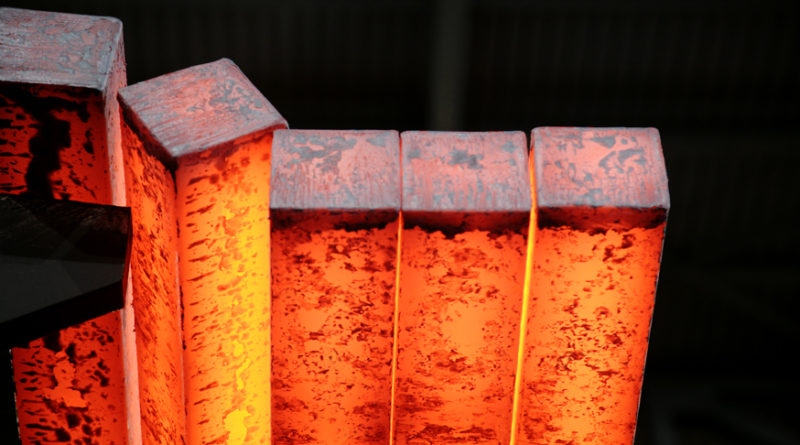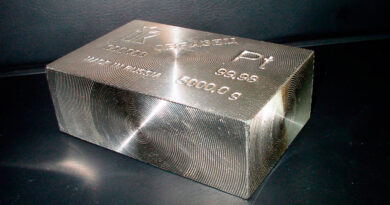BHP looks at world economy and commodities
Short term economic outlook
The global economy has been dramatically impacted by COVID-19. Many major economies contracted heavily in the June 2020 quarter, including the United States (US), Europe and India. In contrast, China has moved from intensive viral suppression to economic recovery. Much of the developing world is still in the escalation phase of their COVID-19 outbreaks. The developed world has begun to re-emerge from wave one lockdowns, but early indications are that there is likely to be a period of uncertainty, with re-escalation of infection rates and re-implementation of COVID-19 response measures in some jurisdictions.
The pace and scope of recovery will vary across countries. Where “hibernation policies” have been enacted, we anticipate a smoother resumption of activity after the first wave. A considerable amount of monetary, liquidity and fiscal policy support has been mobilised in response to COVID-19. It is still uncertain how significant the multiplier effect will be of the monetary and fiscal stimulus policies measures that have been taken. A lower multiplier could result from depressed consumer and business confidence due to the impact of COVID-19 on both jobs and profitability. A higher multiplier could occur if the lagged impact of stimulus coincides with the release of pent-up demand as economies emerge from the lockdown, with the caveat that major second waves do not occur.
The International Monetary Fund’s (IMF) latest forecasts predict that the world economy will contract by 4.9 per cent in the 2020 calendar year and rebound by 5.4 per cent in the 2021 calendar year. While we plan against a range, our base case is similar across the two years. If this case eventuated, the world economy would be around 6 per cent smaller, on average, in the 2021 calendar year than it would otherwise have been if COVID-19 had not occurred.
Regionally, we note that Chinese domestic industrial activity has been improving, spurred on by supportive credit and fiscal policy. The major risk to maintaining that positive trajectory is the possibility of a widespread second wave of infections emerging.
That is among the range of pathways that we consider and it is the key uncertainty in each of our regional outlooks.
Elsewhere, indications are that the US, India, Japan and Europe will all experience a flatter recovery trajectory than China. Negative feedback loops to China from the downturn in the rest of the world are factored in to our range analysis.
Short term commodities outlook
Exchange traded commodity prices have recovered slightly from their March/April 2020 lows. Bulk commodity prices have diverged, with iron ore higher than in April 2020 while metallurgical coal prices are lower.
Across the suite of commodities, a combination of economic supply-side curtailments and COVID-19 induced supply-side disruptions have served as a partial offset to the lower demand.
BHP believes that steel production ex-China could contract by a double-digit percentage in the 2020 calendar year. The global miner estimates that capacity utilisation ex-China fell to between 50 and 60 per cent across the June quarter.
Steel makers from other regions, including Europe, the Americas, India and Japan have cut production. This reflects logistical difficulties created by COVID-19 (e.g. inter-state labour availability in India) as well as collapsing demand in downstream industries, such as automotive (e.g. Europe and Japan).
In China, blast furnace utilisation rates have increased from around 80 percent earlier in February 2020 to above 90 per cent in June 2020. Daily rebar transactions were above normal seasonal levels for much of the June 2020 quarter, helping support a crude steel run-rate of 1,117 Mtpa in June 2020 (+4.5 per cent year-on-year).
Year-to-date annualised production of 1,004 Mt is broadly consistent with BHP’s base case. Finished inventories have fallen as downstream activity has improved. While BHP notes that only about 10 per cent of Chinese apparent steel demand is exported in finished products, the weakness in global demand will weigh on Chinese flat products manufacturers.
However, better than expected outcomes for domestic machinery and auto production have narrowed the gap between long and flat product performance seen early in the year. Electric-arc furnace utilisation fell as low as 12 per cent in February 2020, but has now recovered to normal seasonal levels around 70 percent.
We continue to believe that if China can avoid a second wave of COVID-19, steel and pig iron production can both rise in the 2020 calendar year versus the prior year.
The Platts 62% Fe Iron Ore Fines price index has been resilient so far. This reflects solid Chinese pig iron production of 935 Mtpa in June 2020 (+4.1 per cent year-on-year), and the impact of constrained Brazilian exports.
Meanwhile, preliminary shipping data suggest Australian exports hit a record of 1,072 Mtpa in June 2020. Weakness ex-China is less consequential for price formation in iron ore than in other commodities.
The Platts Premium Low-Volatile Metallurgical Coal price index has been under downward pressure through the June 2020 quarter. Negative demand impacts from COVID-19 lockdowns in the major importing regions of Europe, India and developed Asia have been the major influence on the market. Chinese demand, on the other hand has been firm. However, China’s coal import policy remains a key uncertainty. As demand disruption ex-China accelerated early in the June quarter, prices traded below the lows seen in the second half of the 2019 calendar year. They have since stabilised at these levels.
The geographic diversification of metallurgical coal demand is a long term advantage but an impediment under today’s unique circumstances. Developments in both supply and demand imply that lower quality products may face headwinds for an extended period. Premium coking coals exhibit attractive medium-term fundamentals.
The energy coal market is in a difficult state. The GCNewc 6000kcal price recently fell below the levels reached during the 2015/16 downturn. China’s policy in respect of energy coal imports remains a key uncertainty.
Copper prices fell sharply in March 2020 amidst depressed macro investor sentiment. They have since rebounded, first on improving sentiment towards pro-growth assets, and more recently on news of supply challenges in South America due to COVID-19.
In terms of demand fundamentals, BHP believes that the decline in ex-China copper demand will be less severe than for steel.
Conversely, in China, copper demand could be marginally weaker than steel in the 2020 calendar year, based partly on copper’s greater exposure to indirect exports from China (approximately 20 per cent versus approximately 10 per cent for steel).
Copper also benefits less than steel from transport and non-power utilities infrastructure, which are benefitting from strong policy support. On the supply side, Peru and Chile have experienced difficulty in containing COVID-19, with flow-on impacts to copper operations and the broader supply chain. This has led to a material tightening of the copper concentrate balance, with treatment and refining charges moving lower in response. Scrap availability has also been constrained.




